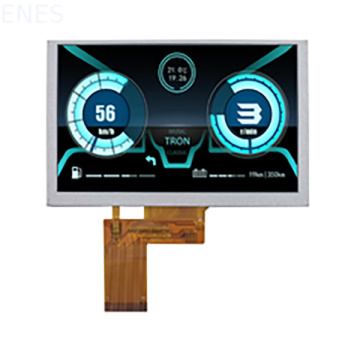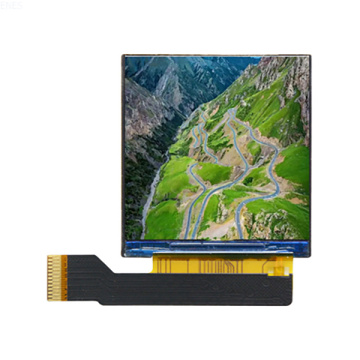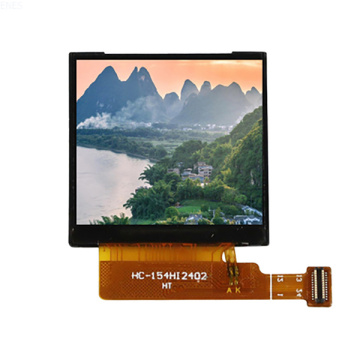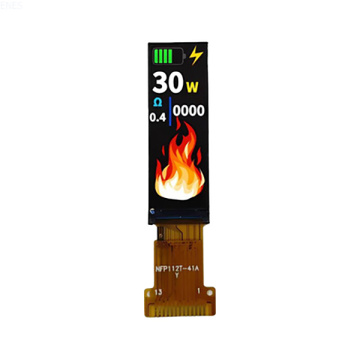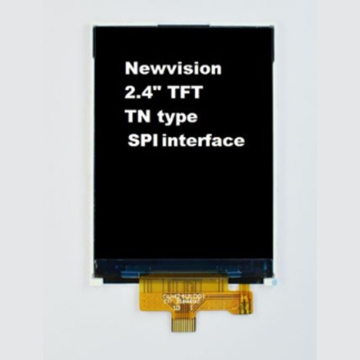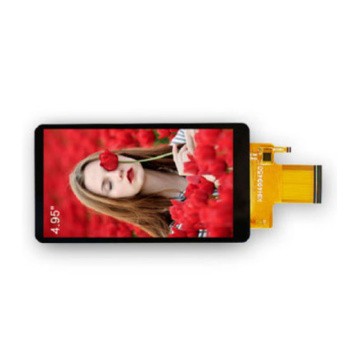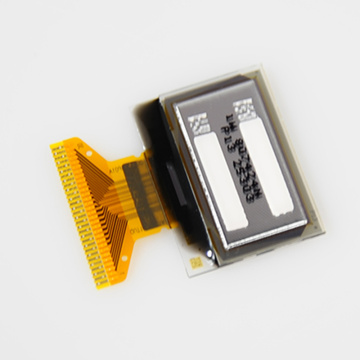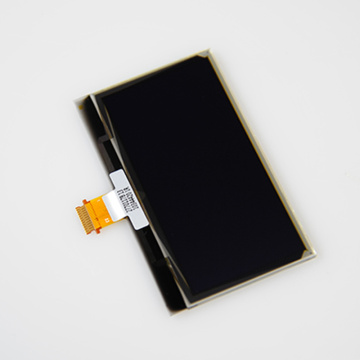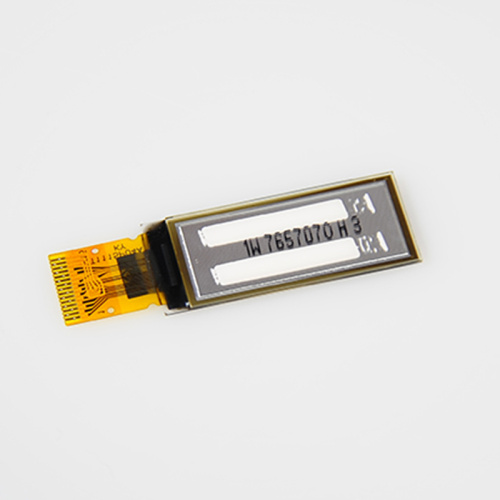
1.09 Inch TFT COB Graphic TFT LCD Module
- Min. Order:
- 3000 Piece/Pieces
- Min. Order:
- 3000 Piece/Pieces
- Transportation:
- Ocean, Land, Air
- Port:
- ShenZhen
Your message must be between 20 to 2000 characters
Contact Now| Place of Origin: | china |
|---|---|
| Productivity: | more |
| Supply Ability: | strong |
| Payment Type: | T/T |
| Incoterm: | FOB |
| Transportation: | Ocean,Land,Air |
| Port: | ShenZhen |
What are the composition and classification of LED chips? Backlight manufacturers talk about the composition and classification of LED chips. The LED chip is a PN combination composed of P-layer semiconductor elements, and N-layer semiconductor elements are rearranged and combined by the movement of electrons. LED chip is the most important part of five raw materials: chip, bracket, silver glue, gold wire, epoxy resin LCD Display Module.
It is mainly composed of gold pad, P pole, N pole, PN junction, and back gold layer (dual pad chip without back gold layer).
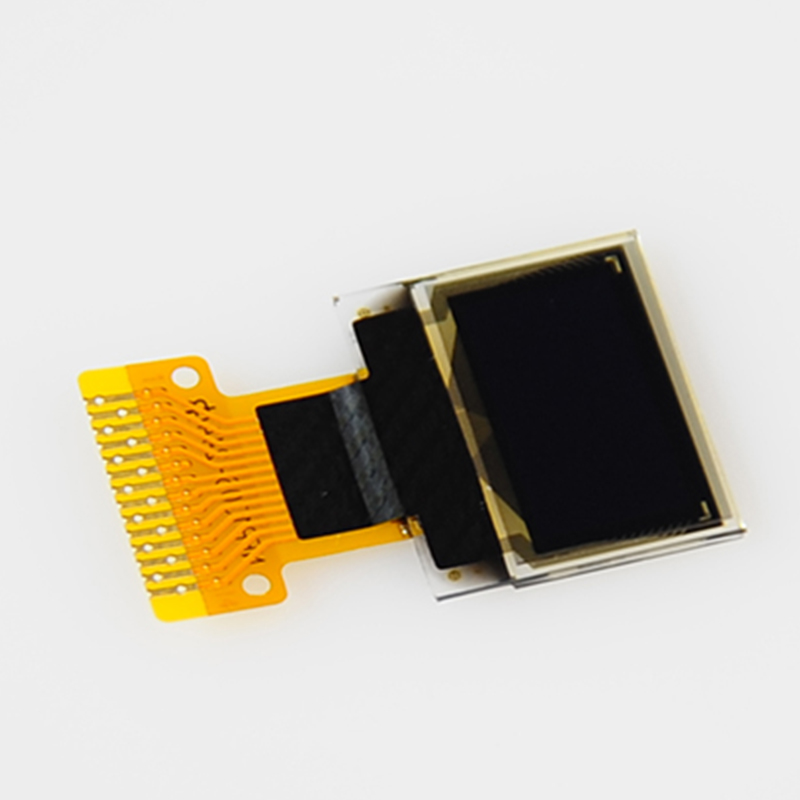
Let's first understand the light-emitting principle of the LED chip: when the chip is applied with a certain voltage to the forward electrode, the holes in the forward P area will continuously swim to the N area, and the electrons in the N area will be relative to the hole direction. P zone exercise Transparent OLED. While the electrons and holes move relative to each other, the electrons and holes pair with each other to excite photons and generate light energy. When the current flows from the anode to the cathode, the crystal emits light of different colors from ultraviolet to infrared. The intensity of the light is related to the current OLED Microdisplay.
Let us continue to understand the classification of LED chips. LED chips can be classified according to polarity: N/P, P/N. According to the light-emitting part, it is divided into surface light-emitting type (most of the light is emitted from the chip surface) and five-sided light-emitting type (the surface and the sides have more light emitted). According to the composition, it can be divided into: binary, ternary, and quaternary LED chips. The so-called binary, ternary, and quaternary LED chips refer to the number of effective elements contained in the chip. If it is divided into components, it can be divided into the following types:
A. Binary chips (phosphorus, gallium): H, G, etc. (there are two effective elements)
B. Ternary chips (phosphorus, gallium, arsenic): SR, HR, UR, etc. (there are three effective elements)
C. Quaternary chips (phosphorus, aluminum, gallium, indium): SRF, HRF, URF, VY, HY, UY, UYS, UE, HE, UG, etc.
Take a ternary LED chip as an example. It refers to an LED chip that mainly contains three elements, such as HY, HO, IR, SR, and other products, which are called ternary LEDs. The visible light brightness is generally lower than that of quaternary (four elements) LEDs. Most of the red light chips used in full-color display screens are quaternary products, which are characterized by high brightness.
The difference between a ternary LED chip and a quaternary LED chip is mainly due to the difference in the semiconductor materials of their light-emitting areas. For example, ternary LED chips include GaALAs and GaAsP. The quaternary chip refers to InGaALP. Although the materials of the ternary and the quaternary are different, the brightness of the quaternary is higher, but the quaternary LED has more IR and other electrical defects than the ternary, and it is anti-static and more difficult to work TFT-LCD.
Related Keywords



